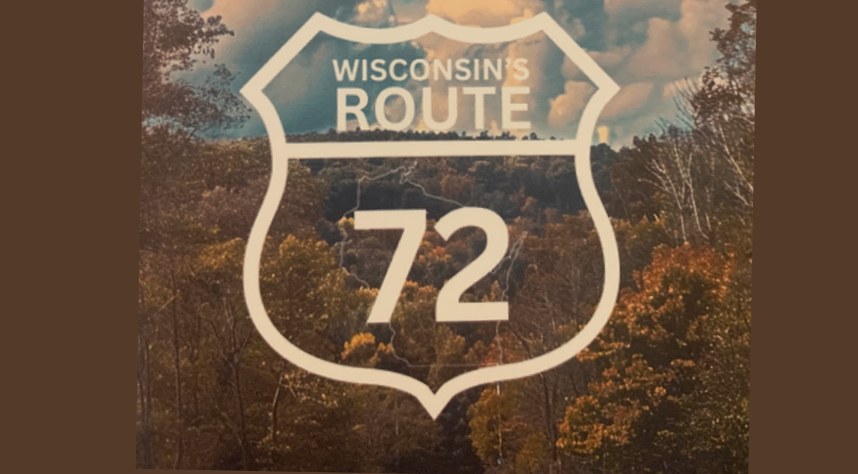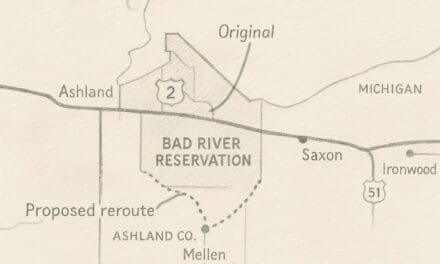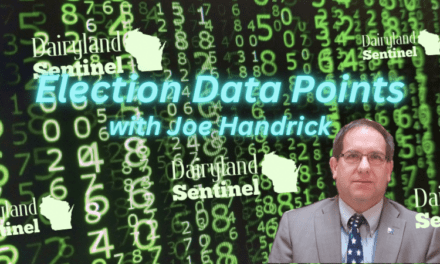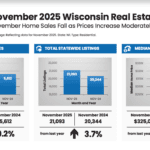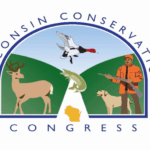By Jon Styf
As appeared in The Center Square
(The Center Square) – Baby boomers aging out of the workforce and requiring senior care, along with high child-care costs leaving some younger workers out of the workforce are two issues facing Wisconsin and economies across the country.
Forward Analytics Director Dale Knapp and Wisconsin Counties Association President and Chief Executive Officer Mark O’Connell discussed Wisconsin’s population trends and workforce on Monday at the Wisconsin Counties Association annual meeting.
For years, those making high wagers saw their wages increase faster. But Knapp noted that jobs on the lower end of the pay scale have begun to rise twice as fast as other wages in recent years, causing a difficulty for employers that rely on low wage earners such as nursing homes and senior care.
O’Connell said that the 75-plus age bracket is expected to explode over the next 15 years, much like the 65 and over population already has.
In 2021, however, the state’s birth rate was the lowest it had been since 1942, Knapp noted.
All of this leads the state to need to recruit new workers from out of state. Knapp said that those in close surrounding states know what Wisconsin has to offer but, further away, they just know beer, cheese and the Green Bay Packers.
He suggested the state look to incentive young workers to come to the state like Tulsa, Oklahoma has done with workers. Wisconsin brought in a net of 200,000 workers in the ‘90s, he noted, due to the good schools, relatively low crime, affordable housing and a great quality of life.
O’Connell pointed out that bringing in new workers would also create housing issues.
“If we were able to attract another 150,000 or 200,000 people to this state, where would they live?” O’Connell asked.
Once suggestion was that many baby boomers would begin aging out of their homes while moving to senior housing.
“People are moving to where life is attractive to them,” O’Connell said. “It’s not taxes. The workers we’re talking about are not paying taxes now in the first place. How are we going to get people to migrate to Wisconsin?”

